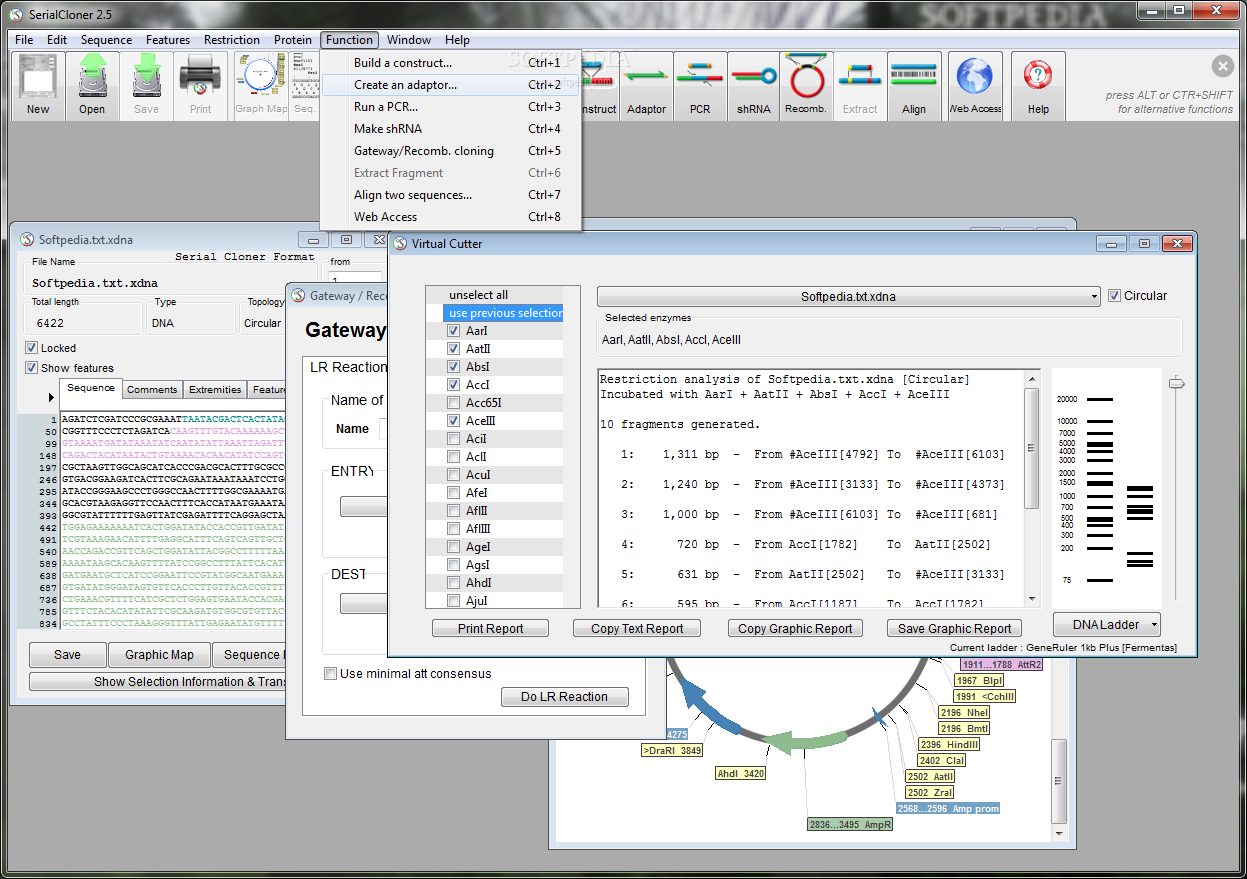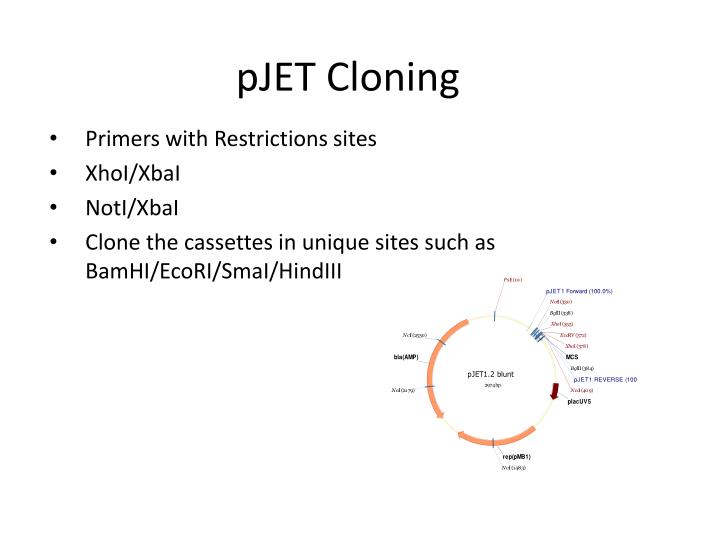


The new fragments can be resolved by gel electrophoresis which provides specific patterns for each strain. Techniques based on DNA amplification include two main approaches: the first involves amplification of one or few fragments of specific regions followed by specific restriction (e.g., ARDRA). Tracking certain genotypes is a key to control them in specific geographic areas. Surveillance studies have identified certain species through DNA fingerprinting which can acquire drug-resistance determinants or clones prone to global dissemination. Thus, genotyping would provide accurate data that allow the implementation of multi-user international libraries, for example, MLST for multiple bacterial species and spoligotyping for mycobacteria. Therefore, interlaboratory reproducibility is an important feature to produce highly valuable information. Those methods are regularly performed for pathogen characterization and gave higher positive detection of target species than conventional methods. Molecular biologists are privileged to have a repertoire of tools which provide good molecular distinction which can resolve questions in the clinical settings and infectious disease control.
Serial cloner tutorial pcr serial#
Based on designing a proper PCR-based method, the challenge was addressed on serial steps to reach the expected aim.ĪRDRA, amplified rDNA (ribosomal DNA) restriction analysis tRNA-PCR, PCR-amplified length polymorphisms in tRNA intergenic spacers RFLP, restriction fragment length polymorphism PFGE, pulse-field gel electrophoresis AFLP, amplified fragment length polymorphism RAPD, random amplification of polymorphic DNA MLST, multilocus sequence typing AP-PCR, arbitrarily primed PCR rep-PCR, repetitive sequence-based PCR and ITS-PCR, internal transcribed spacer-PCR. Thus, a good method is feasible, rapid, and cheap and can be implemented in local settings from highly endemic areas of a certain infectious disease. One well-known example is the ribosomal RNA (rRNA) gene, which is a good candidate due to its universal distribution and reasonably well conservation in sequence across evolution. Thus, many organisms can be taxonomically classified and specifically differentiated according to several conserved genes which are recognized as “molecular clocks”. īacterial identification in many cases is performed through a fingerprint comparison against some reference genotyping databases. Several commercial polymerase chain reactions or PCR-based methods are available nowadays, and like in-house PCR assays, they use different target specific genes in a clinical sample to identify a pathogen. However, phenotypic-based methods are time-consuming tests, difficult to interpret, low reproducible between laboratories, expensive, and laborious. Currently, these methods have been considered the gold standard method for assessing the validity of new diagnostic methods. We will also focus on lab applications and key conditions for technique standardization.īacterial culture is the conventional test to identify a microorganism which is based on the isolation and growth of live specimens. In this chapter, we will review applications from Web resources and computational tools online for the designing of PCR-based methods to identify bacterial species. Fingerprint information might allow the tracking of certain outbreaks globally in several reference databases containing valuable genotyping information. Advantages of PCR-based methods are high sensitivity, specificity, speed, cost-effectiveness, and the opportunity for simultaneous detection of many microbial agents or variants. Therefore, identification of polymorphic regions from nucleic acid sequences is based on the identification of both conserved and variable regions. Indeed, some diversity of rates may reflect changes among subpopulations that have their own ecological dynamic and individual traits on coexisting genotypes. Thus, bacterial identification and elucidation of DNA fingerprinting have provided insights regarding their phenotypic and genotypic variations. The identity and clonal differences within bacterial populations have been broadly explored through PCR-based techniques.


 0 kommentar(er)
0 kommentar(er)
